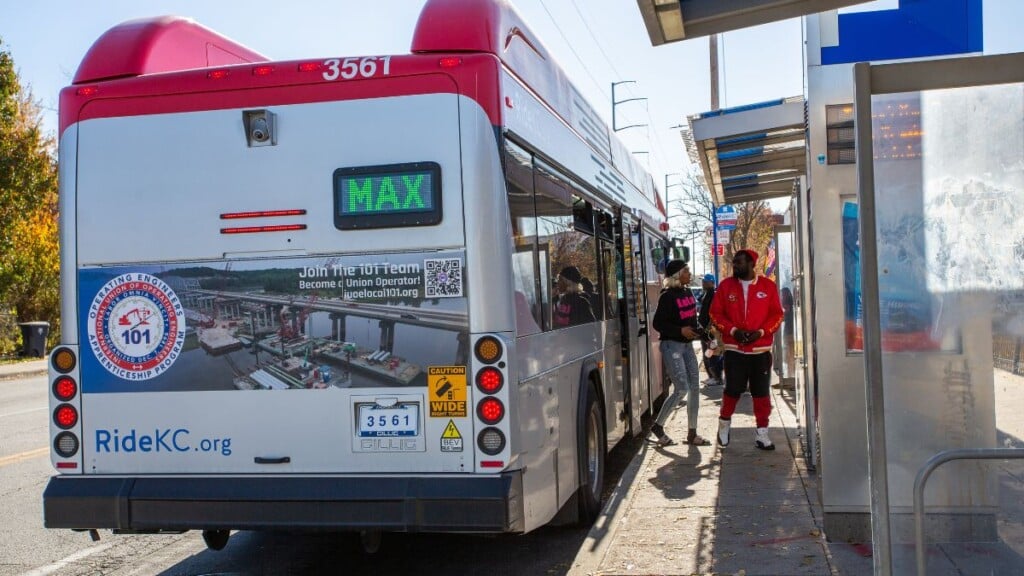Buzzing in from Minneapolis: Enemy Planes


Some of Beta Lowdown, the forthcoming debut from Minneapolis band Enemy Planes, could pass for synth-heavy neo–soul. Other songs are coated in so many layers of electronic wash that they sound eerie, like the work of a band trapped in a dark studio, surrounded by too many knobs. Overall, the album projects a startlingly dystopian feel — which makes for an exciting ride, lined with sharp turns and racing energy.
Not bad for a band that started as something of an accident. Two years ago, a few members of the band Pictures of Then put down a few tracks that didn’t work within the pop band’s mission. Lead singer Casey Call and guitarist Joe Gamble heard serendipity, not failure. The rest is Enemy Planes. Gamble called The Pitch ahead of Friday’s Enemy Planes show at RecordBar.
The Pitch: Pictures of Then was a really pop-centric band, and Enemy Planes is anything but.
Gamble: Yeah, but that wasn’t anything that was calculated or even planned. We had gone into the same studio that we had worked with on all the Pictures of Then records. We were in the middle of tracking stuff and writing material, and as we were writing material, stuff would pop up out of nowhere, and we’d be like, “That sounds awesome, but doesn’t fit,” and it would go into the “do not use” pile. And after we got three, four, five of those “do not use” rejects, we were like, “Maybe we should look at this pile.”
And Duane Lundy, our producer, was like, “You guys are making two different albums. Which one do you want to go with?” And we were in agreement that the Enemy Planes songs — or what would become the Enemy Planes songs — were more interesting. We were drawn to those songs more. They were unrestricted and came out a certain way, and in doing that, we found the sonic identity of what this collection of musicians sounds like. We tried to play some songs as Pictures of Then and the translation didn’t work.
Once we let ourselves write what we wanted, the songs came easier. We weren’t aiming to write verses or choruses, and that opened us up to write really creatively and have more of a mood come out. Pictures of Then was more interested in crafting a hook, and with this band, we didn’t want to let that dictate where we went.
I hear a lot of different sounds on this record — a lot of distortion, a lot of weirdness. Can you decode the mystery of these sounds for me?
One of the things that we wanted to focus on was the ability to pull this off musically. It’s a lot of synth-based melodies, and Casey will spend quite a bit of time crafting these sounds — his keyboard goes through a series of chaos pads, altering the wavelength of the notes as the sound goes through. We want to make sure everything, down to the tone, is something we’ve thought about. Casey’s distorted organ might be run through a filter. We don’t want to be too tricky, but sometimes the songs benefit from giving people a textural experience — it’s more interesting that way. The songs can be a part of a larger sonic element. Instead of grabbing a guitar and making a song, we’re taking tools and making a sound.
Shön Troth’s slide-guitar playing would never be recognized as slide guitar. He has a style that is so incredibly his own. By the time he puts something on a record, you didn’t know it was missing until it’s there. He doesn’t enunciate the changing of a note. They float around, and it almost comes off orchestral. There are moments when you don’t realize it but you’re listening to slide guitar, other moments when you don’t realize you’re listening to five or six different instruments. That’s something we take a lot of pride in.
You shot the video for “We Want Blood” at Coney Island just after Hurricane Sandy hit, with director Tobias Stretch, who has worked with Radiohead and Efterklang. Tell me about that opportunity.
Shooting on Coney Island was really surreal. It was an incredible experience, and we had wanted to work with Tobias but obviously didn’t think we could afford him. We sent him an e-mail with a link to that song and were basically just like, “We have $3,000 — hopefully you like how this sounds.” And he did, and just kind of took it on as a labor of love.
The thing that is really kind of cool about this band is that — and it might just be a trend with all bands these days — but you can’t just be a creative entity, you have to be a production house and you have to live on Twitter, and you have to be present in so many different mediums. We can be visible on mediums that didn’t matter 10 years ago. We’re trying to participate in those mediums — we’ve also shot music videos ourselves, taken our press photos ourselves — but we also want to be open to creating relationships with people like Tobias. That was so far out of the realm of what we could have done on our own. It was incredible.




